Back in July of 2017, FDA Commissioner Scott Gottlieb, M.D., unveiled the road map for what is to become the compliance standard for the electronic cigarette industry in the United States. Coined as the Comprehensive Plan for Tobacco and Nicotine Regulation, the FDA places nicotine awareness and youth prevention as the number one and two issues up for discussion. Fast forward one year later and what was achieved? For starters, BLVK Unicorn developed a Compliance Team to not only react and adapt to FDA guidelines, but to also shape the company in a manner that will bring positive change to adult smokers while simultaneously preventing never-smokers, former-smokers, and the youth from becoming current smokers. This article will highlight what the FDA has introduced over the last year to achieve its public health mandates. This article will also highlight how the electronic cigarette industry has changed as a result. Lastly, we emphasize how BLVK Unicorn itself has reacted and ultimately changed the way its products are sold and portrayed in this ever-changing space we call the electronic cigarette industry.
2018: ANPRM on Regulation of Flavors in Tobacco Products
Back in March of 2018, the FDA launched the Advanced Notice of Proposed Rule Making specifically to lay a foundation for what will become the standard of flavor regulation. In the eyes of the FDA, flavors in tobacco products lead smokers to effectively stay on tobacco products versus cutting down or eliminating the act altogether.
With the emergence of the ANPRM, the ability for regular users to leave a public comment on what should in essence assist the FDA to publish realistic guidelines to achieve compliance is key. When the comment period was open, some several hundred thousand comments were left for the FDA to read and consider. While most came from individual users, a few prominent comments were left by the likes of manufacturers such as JUUL, the Vapor Technology Association, and other massive power-players in the industry. Across the board, proponents of e-cig advocacy argued that flavors are key in having an adult smoker make an effective switch to its vapor counterpart. Flavors, particularly non-tobacco blends contain roughly the same amount of ingredients as tobacco blends, thus rendering regulation completely and utterly useless.
During the ANPRM process the scourge of disinformation flooded the FDA's comment docket. According to Regulator Watch, some 255,000 fake comments flooded the system causing a server crash and largely flooded the ANPRM comment docket with disinformation via fake accounts. Despite the catch, the FDA did not classify whether the comments will be considered in the final ruling. One can only hope that if and when the FDA is prepared to release its final ruling on flavors, the voice of REASON is prevalent, instead of the voice of FEAR.
2018: Youth Tobacco Prevention Plan
April was a huge month for compliance. The FDA looked to resolving the all-encompassing issue of youth access to tobacco products, particularly, that of e-cigarettes. To achieve a proper resolution, the FDA launched the Youth Tobacco Prevention Plan to limit the access of products to the youth, regulate brands that use imagery that would invite youth interest, and to educate youth about the dangers of becoming a smoker.
The first real implication of the Youth Tobacco Prevention Plan would be the official warning letters sent by the FDA to JUUL, currently the number 1 most-popular e-cigarette manufacturer in the country, indicating several violations for illegal sales of JUUL products to youth. How did the consequences impact the vaping industry? Well, for starters it brought awareness to manufacturers within the American vaping market. In fact, the BLVK Unicorn Sales Department developed a system in which its authorized retailers would need to implement an age-verification system for both its wholesale/distribution and consumer retail outlets to ensure its products are not being sold to youth. For consumers looking to purchase any of our products off our site, expect to upload those government-issued IDs prior to completing the transaction. For our vendors, in order to remain an authorized retailer for our brand, an age-verification of their own must be implemented. If you are a current authorized retailer, or looking to become one, we highly recommend referring to our announcement of our new age-verification system here.
As for marketing, the FDA in collaboration with the FTC issued warning letters to companies that misleadingly labeled or advertised e-liquids resembling kid-friendly food products such as juice boxes, candy, and cookies. For the manufacturers issued warning letters, the FDA demanded their labels altered and to submit a report of their process to eliminate youth-opinion on the matter.

While this particular play targeted companies that more-or-less applied IP-infringement styled branding to their products, the fact that it was made public for all to see sent a wave of mass-scare to manufacturers that have profited from the tactic. As a result, everything from branding and packaging to advertisements depicting foods that would be child-friendly were altered. An example of this can be seen on our Instagram feed; while most Premium E-Liquid brand manufacturers still apply the use of food photography in its respective content strategies, BLVK Unicorn specifically stays away from depicting the likes of cereal and candy with our products. In addition to altering content strategies, we've taken the liberty of altering our labels and packaging to reflect a less-child-inviting feel to our overall brand. Reference our Tobacco collection and CRMY Strawberry as part of our CHBY collection.
When it comes to the education aspect of the Youth Tobacco Prevention Plan, the FDA launched The Real Cost Campaign that was aimed at providing statistics and "facts" about converting never-smokers into current smokers, particularly as it pertains to children. The campaign has been around since 2016 and is intended to roll out a full-scale campaign on e-cigarettes this fall.
In terms of the impact it brings to the industry, one cannot conclude it'll be in favor of maintaining positive public opinion. By our very nature, in the eyes of regulators and governments, we are tobacco products that's part of the problem, not the solution. Nevertheless, BLVK Unicorn will do all it can to remain in compliance with the FDA so operations may continue in the never-ending pursuit of providing a premium vaping experience through the use of our e-liquids.
Where Are We Now
Fast forward to August 10, 2018 and where is BLVK Unicorn in all this? To a certain extent, we have reacted and effectively adapted to the FDA's announcements and guidelines as companies prepare to be compliant. Tomorrow marks the date in which the FDA's advertisement regulations are enforced. As it stands, 20% of the total advertising space is to be reserved for the nicotine warning.

In addition to the advertising guidelines that has been finalized internally within the company, we are now looking to meeting the various deadlines the FDA is requiring to remain in compliance. Deadlines such as submitting Ingredient Listings due in November of this year, Substantial Equivalency Exemption reports, and the PMTAs themselves both due in August 2022. Despite the long and arduous process in achieving compliance, BLVK Unicorn is committed to providing adult smokers with a pleasurable alternative to combustible tobacco products while also simultaneously curbing youth access and consumption of its products. At the end of the day, we want to remain in business to service those that are actually in need such an alternative.
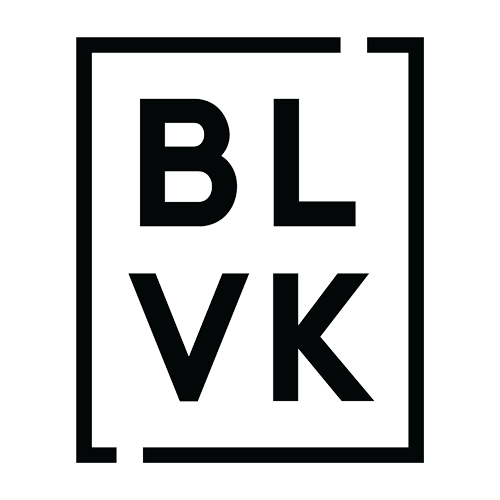


![[RECAP] BLVK Unicorn Drops the Bombs at ECC Ontario 2018](http://blvkeliquid.com/cdn/shop/articles/81c7ddebcc54d2852c2e469825eeaf7e_a8fe2d91-ce32-4bb2-85e8-71ea9cdefdfa.png?v=1533670649&width=1800)

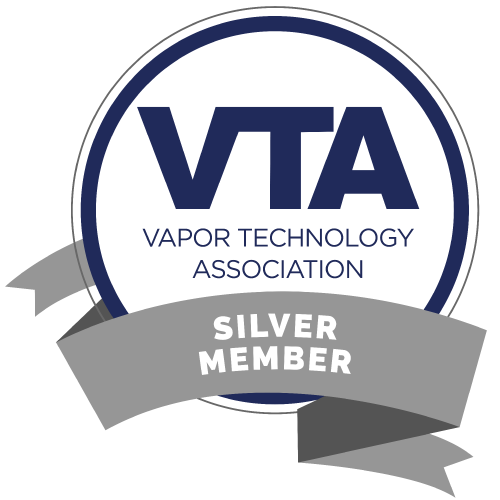
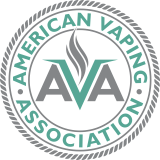
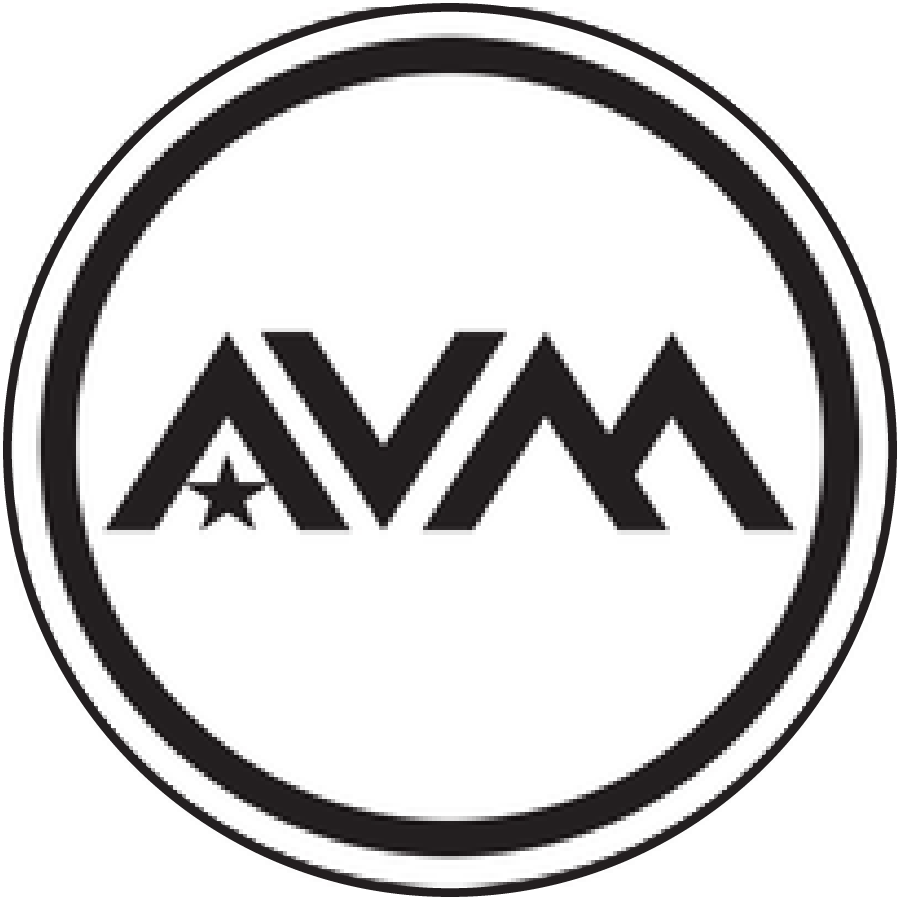
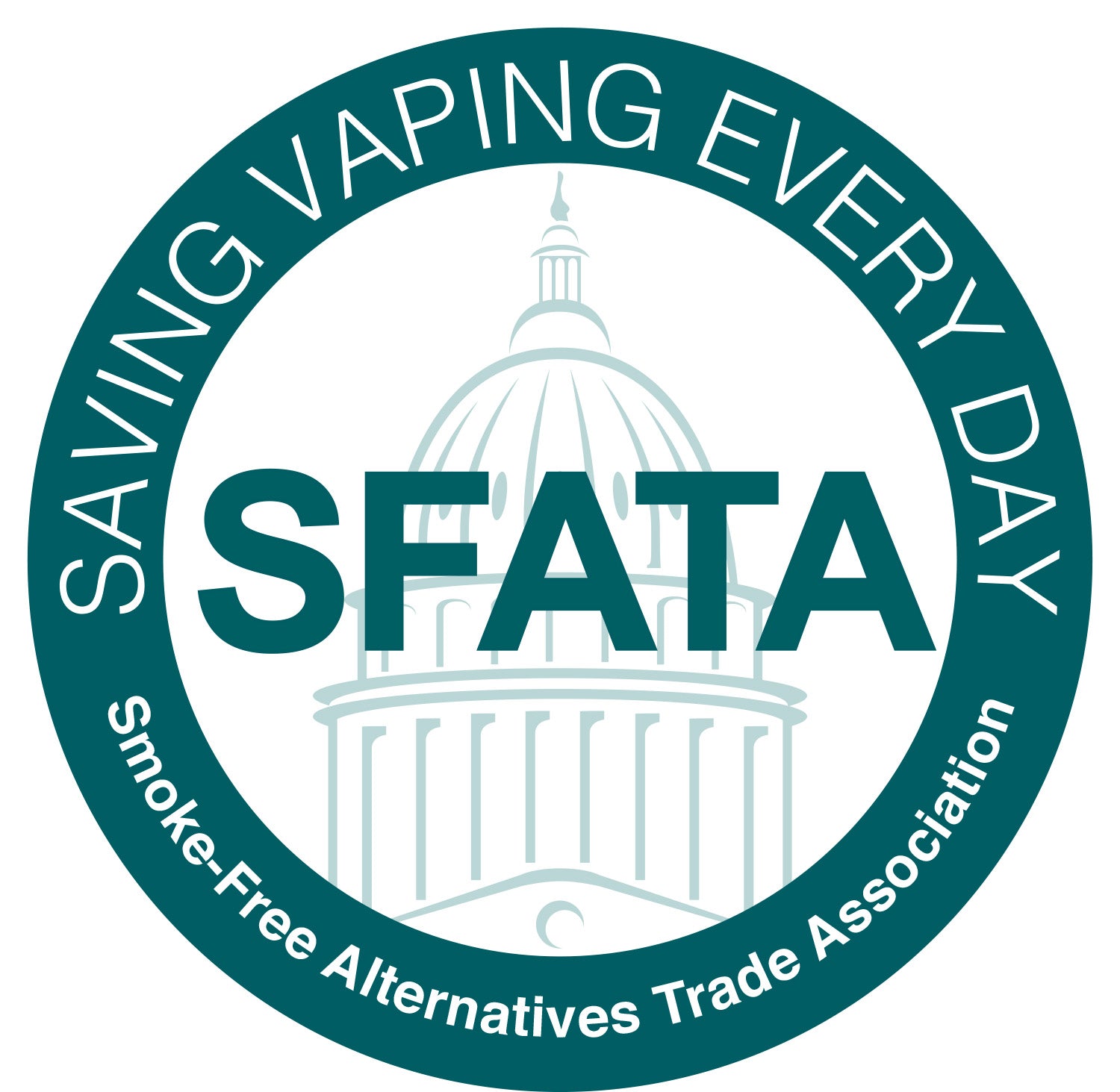
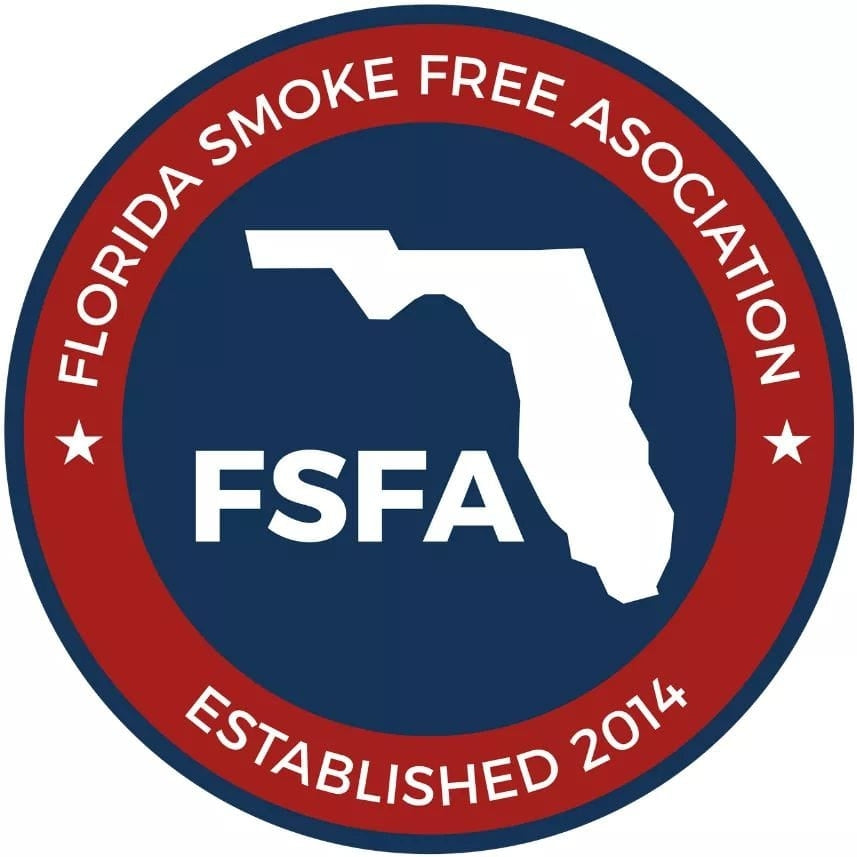
Leave a comment
This site is protected by hCaptcha and the hCaptcha Privacy Policy and Terms of Service apply.